 These numbers show that chatbots are the next big thing:
These numbers show that chatbots are the next big thing:
- By 2020, 85% of customer interactions will be managed without human interaction (Gartner).
- In 2018, 45% of the fastest-growing companies will “employ” more virtual assistants and smart machines than people (Gartner).
- Before 2025, the AI market will surpass $100 billion (Constellation Research).
Put Simply, chatbots will inevitably replace tasks previously reserved for humans.
But,
Can Chatbots Push Customers Down the Sales Funnel?
For starters, what is a sales funnel?
In a previous blog post we’ve described the sales funnel as:
“The representation of a buyer’s journey. The steps that a prospect will take on a landing page or website during their journey which could result in them completing the desired action. The result of a funnel is a customer buying a product, downloading an app, subscribing to a newsletter, or referring their friends to the business.”
While easy to understand, getting people to reach the end of the funnel and increasing your conversion is the true challenge.
The truth is that customers are hard to attract.
You need to create an effective onboarding campaign, get people interested in your products and sustain that interest over time. This is a massive undertaking, especially if you have a lot of potential clients that need an extra push.
Fortunately, chatbots have made the process a lot easier.
How did chatbots change the rules of the game? In this article, we’ll look at how chatbots can help your sales funnels:
1. Chatbots Can Nurture Leads
While lead generation is often quite time-consuming, it is a crucial part of the sales process. In fact, Propeller.com found that 80% of sales require at least five follow-ups after the initial contact. And according to Two by Fore, about 50 percent of leads are never sent follow-ups. That’s a lot of potential customers lost.
Now, here is the trick:
To be successful at nurturing leads, you need to answer these important questions:
- Do you have attainable and measurable objectives in place?
- Do you have data on your consumer’s behaviour and product preferences?
- Do you have content already developed, which are targeted to specific buyer personas?
With chatbots that offer virtual assistance, nurturing leads is fast and easy. Chatbots can generate data on product preferences, consumer behaviour and email behaviour. As a result, data from chatbots can help you create effective emails and lead-nurturing campaigns. In addition, a chatbot can send regular follow-ups based on a consumer’s behaviour, such as the time they open their emails.
Since chatbots possess automation features, businesses can run lead nurturing campaigns smoothly without constant monitoring. Best of all, no leads will be left behind.
2. Chatbots Provide Immediate Customer Service
Chatbots are the salespeople of the future.
In fact, Gartner predicts that by 2020, 85 percent of a customer’s relationship with a company will happen without interacting with a single human.
This is no surprise since chatbots can provide instant customer service and offer answers to a customer’s queries.
For instance, in the Fall of 2016, Macy’s tested On Call—a mobile web tool that helps shoppers get information about the location of products, departments, brands, services and facilities in a particular store.
Starbucks also embraced chatbots when it launched the mobile app—My Starbucks Barista. The app enabled customers to interact with virtual assistants who can take their orders via messaging or voice recognition. Additionally, the assistant confirmed the location of the Starbucks branch they want to order from, and help process payments.
The company also announced the “Starbucks Reorder Skill” for Amazon Alexa. This gives customers the ability to re-order by saying, “Alexa, order my Starbucks.”
The launch comes at a time when reliance on voice assistants is on the rise.
“The Starbucks experience is built on the personal connection between our barista and customer, so everything we do in our digital ecosystem must reflect that sensibility,” said Gerri Martin-Flickinger, chief technology officer for Starbucks, in a statement. “Our team is focused on making sure that Starbucks voice ordering within our app is truly personal and equally important was finding the right partner in Amazon to test and learn from this new capability.”
Another customer service advantage of chatbots is that no customer is ever ignored.
Often, sales teams and customer service teams are forced to prioritize in their communication with customers due to their inability to answer all inquiries. In the world of chatbots, delayed response is no longer sufficient and is an example of bad customer service.
This would never happen with a chatbot since it can entertain multiple customers simultaneously.
Chatbots also have a faster response time than human salespeople. So, they never miss a crucial moment when it comes to selling a product or service. This translates to faster conversion rates with minimal effort, because the whole sales process is automated.
3. Chatbots Offer Improved User Experience
Chatbots have characteristics that make them excel over human salespeople. For one, chatbots have access to customer information, which make them more likely to recommend items that are in line with the consumer’s interest.
For instance—the clothing and lingerie retailer Aerie by American Eagle Outfitters—developed chatbots for the Kik messaging app. The chatbot asks customers what they’re looking for, followed by a series of questions to narrow down a product search.
What makes it unique, however, is its ability to communicate with customers using the brand’s voice. Since Aerie’s target market is a younger generation of consumers, the app emulates how younger people converse when it interacts with consumers. It also has a “this” or “that” option to help consumers pick their ultimate choice.
Another brand that has jumped on the chatbot bandwagon is SnapTravel. The Facebook Messenger bot helps consumers find the best deals on hotels. All they need to do is indicate the city and the dates of their trip. After that, they can book a stay via Messenger.
The tool also offers exclusive deals that are found only in the app. For those who can’t trust the bot to help with their travel plans, you can communicate with SnapTravel’s agents 24/7.
These examples illustrate how bots in messaging apps have improved a customer’s experience. People like communicating with virtual assistants because they get accurate recommendations and instant answers to their questions. While some may prefer human interaction, lessening the burden on human customer service by implementing virtual assistants, improves the experience for all.
4. Chatbots Generate Predictive Analytics and Drive Conversions
As mentioned previously, chatbots are great analytic tools.
“Chatbots can be programmed to track purchasing patterns and monitor data from consumers,” AJ Agrawal of Forbes explains. “This tells a company which products to market differently, which to market more and which to redevelop for relaunch.”
Most businesses have a lot of data. What sets a chatbot apart is that it doesn’t require customers to complete surveys. Instead, it asks questions on Messenger apps and generates information from conversations. Additionally, it can gather data based on a user’s clicks, shares or scrolls in order to predict the circumstances where they would buy.
Chatbots can also be optimized for sales funnel minded scripts. From the data they collect, they can determine behavioural patterns of customers and accurately segment them. This allows marketers to create effective campaigns, which will motivate customers to reach the end of a funnel.
In addition, bots can also determine what customers want before they even ask for it. Meaning that whenever a customer returns to the site, they’ll receive content and recommendations which are in line with their interests and past behaviour.
For example, Botanalytics, seen above, is a conversational analytics tool which provides data for chatbots residing on different platforms. As you can see, their clean display is very easy to understand and analyze, allowing you to apply this data and adjust as needed to maximize conversions.
5. Chatbots Can Enhance Social Media Marketing Campaigns
“What else can you do with chatbots?”
You can also align them with your social media marketing efforts.
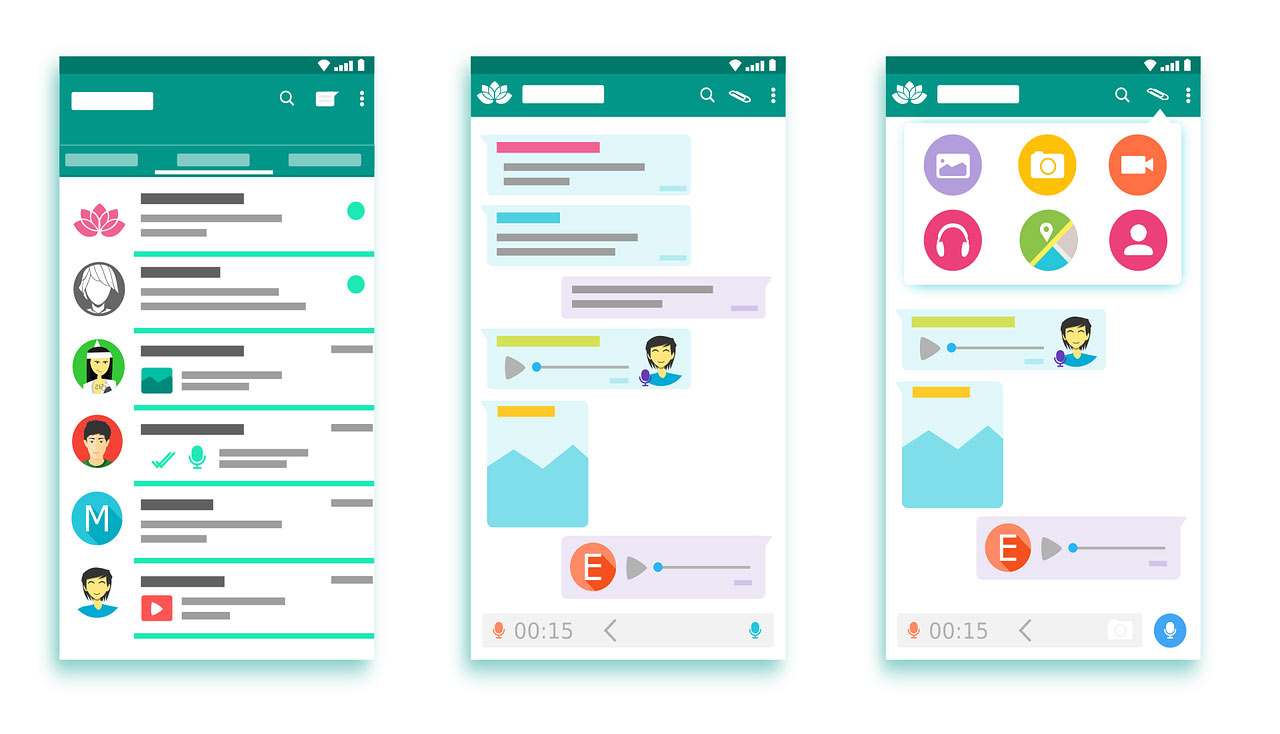
After someone clicks the link, Facebook Messenger automatically opens. The chatbot might then say, “Hey! I’ve got your free report. Can I give it to you? Can I also use this chat window to get in touch with you?”
When the customer answers, “Yes!” the report is sent in Messenger.
After that, the chatbot sends follow-ups or promotional messages to customers every few days or weeks. You can get bots to send them informative articles on content marketing trends, or send testimonials to build social proof.
Over time, you convert customers.
It may not happen immediately, but that’s normal.
Another great way to get people into your sales funnel is to encourage them to comment on your Facebook post.
Let’s say, you’re having a storewide sale. You post an image of the sale and exclaim, “Tag your shopping buddies!”
After people comment, the bot watches for responses and gets in touch with customers via Messenger. If your customers can shop for products online, then your bot can start asking questions about their needs or upselling your products.
Now, this is how you effectively sell a product.
You can also get people to interact with your bot via landing pages. If you have an upcoming webinar, people who register can be given the option to be reminded of the event via Messenger.
Note that for this strategy to work effectively, the bots have to interact with customers in a personal way. Here are some examples:
In the examples above, it doesn’t feel like you’re talking to a robot or a pushy salesperson. Instead, it feels like you’re talking to a friend, and there’s no pressure to make a purchase.
Now, what if customers don’t want to receive your messages anymore?
No worries!
Facebook Messenger has made unsubscribing pretty easy. You can easily opt out of promotional messages via the chat management options.
Another piece of advice: opt for a chatbot software that lets you view your open rates.
If your open rates for a particular customer drops, then that’s a cue to adjust your methods by sending fewer messages or to spice things up.
Bottom line is: Chatbots are the future of social media marketing.
6. The Best Chatbot Platform Tools to Help You Get Started
It’s certain that chatbots will change the e-commerce landscape in 2018.
Now the question is: Is your business ready for chatbots?
What’s stopping you from joining the chatbot trend?
If you have no idea how to get started, do not worry! We have compiled a list of the best chatbot platforms to help you dive in.
Chattypeople
Chattypeople is the ultimate platform for building text and voice bots. Here, you can create, test, deploy, measure and manage your chatbot—even if you have no coding experience.
It’s also simple and easy-to-use. For instance, you can create a simple bot answering customer queries and integrate it with Shopify. This makes it an ideal platform for both large and small companies.
Lastly, it is also 100% free to get started!
Chatfuel
Not a developer? No worries.
With Chatfuel, you don’t need to be a programmer to build your own bot.
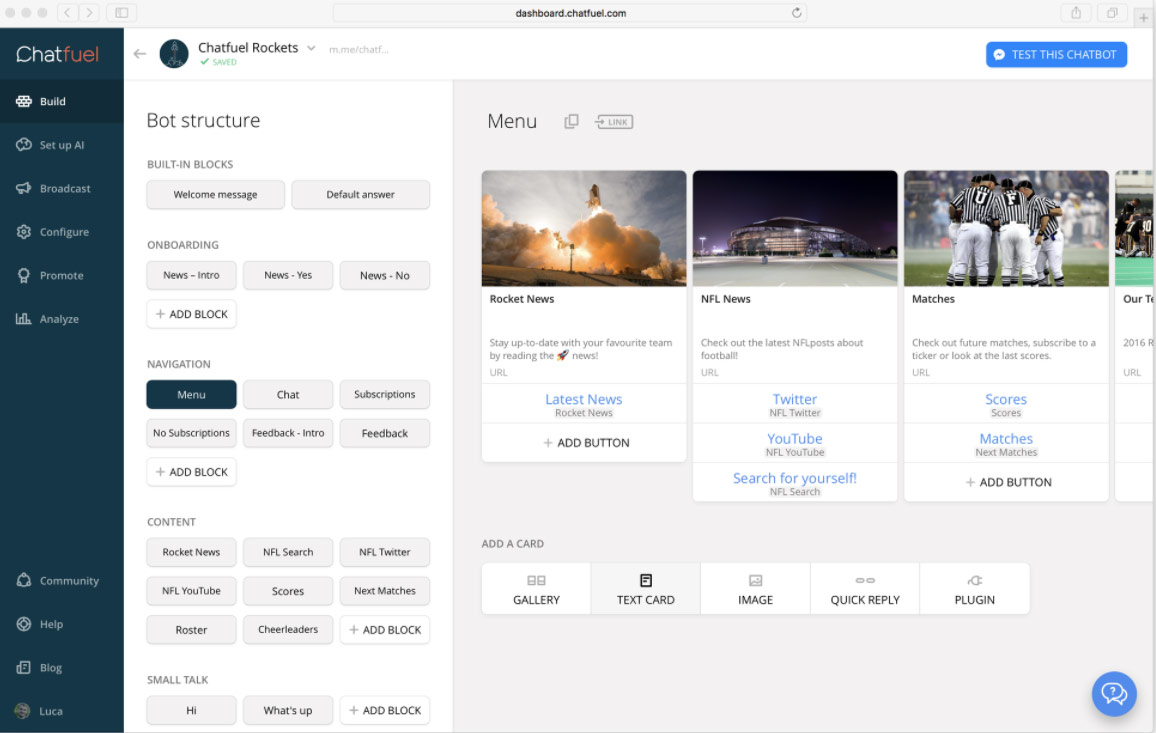
Facebook Messenger Platform
Facebook’s Messenger Platform allows developers to build bots. Through the app, customers can order items and marketers can send promotional messages.
Let’s say you want to order flowers. Instead of calling, you can order flowers by sending a message. Compared to other platforms, it can be difficult to create bots on Messenger with no programming experience. However, you can check out tips and guides from the Messenger Platform to help you get started.
Smooch
Smooch functions as a connector between business apps (i.e. ZenDesk and Slack) and messaging apps (i.e. Facebook Messenger). It forwards chat notifications from messaging apps to business apps and integrates all chatbot conversations in one application. This way, you have smooth workflows and easy communication across teams.
Beep Boop
Beep Boop is a platform designed to host chatbot builders. It requires users to set up the bot source code on Github, launch it on the platform and integrate it with Slack or Facebook. After integration, the Beep Boop chatbot will interact with customers, answer questions and conduct direct transactions through your Facebook Business page.
Conclusion
Chatbots are inevitably the future.
They automate lead generation, offer immediate customer service and quality user experience, generate predictive analytics and drive conversions. A tall order for a technology in relative infancy, but chatbots manage to perform these tasks almost seamlessly.
So, in 2018…try chatbots out yourself.
Instead of sending emails yourself and relying on old data—build your own chatbot or get into a platform. Try Chatbot or Chatfuel if you have no coding experience. Alternatively, get started with Facebook’s Messenger Platform. That being said, don’t expect chatbots to take over your entire sales funnel just yet.
While it’s true that chatbots are still an emerging technology, it’s nice to know that in the near future they’ll make it far easier to push customers down the sales funnel.
If you enjoyed this post, or have any questions or feedback, please join the discussion now and add a comment below.
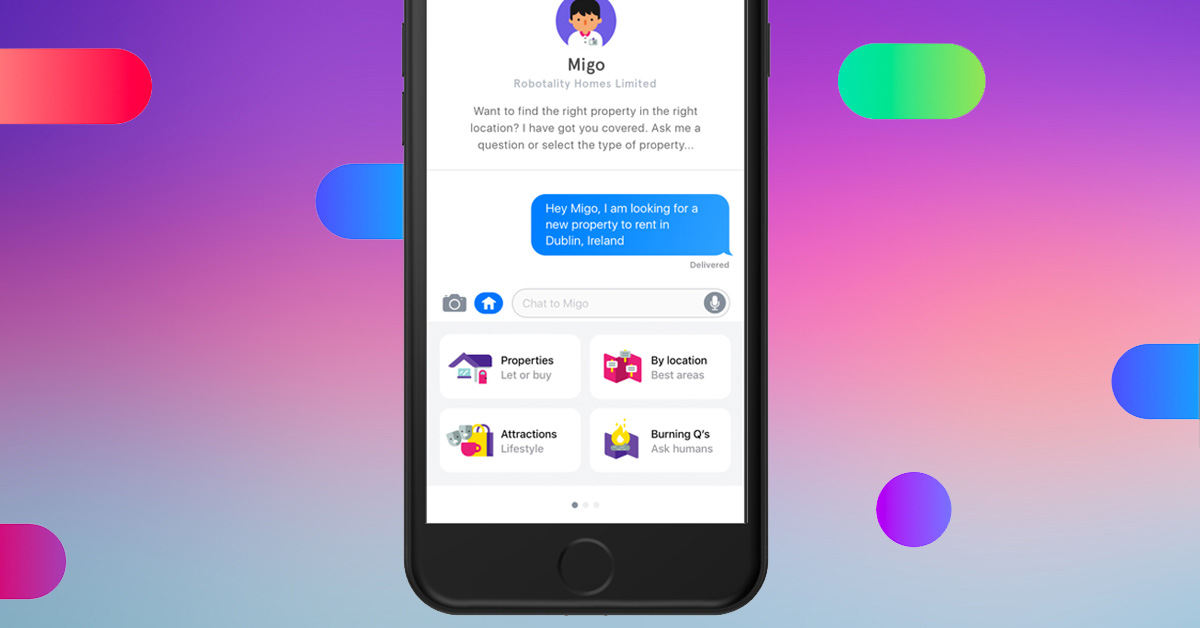 These numbers show that chatbots are the next big thing:
These numbers show that chatbots are the next big thing: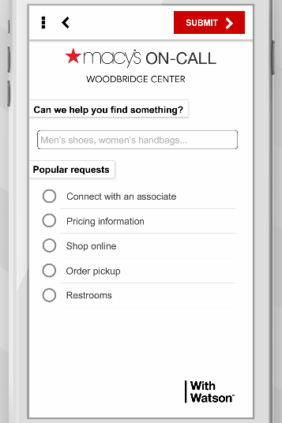

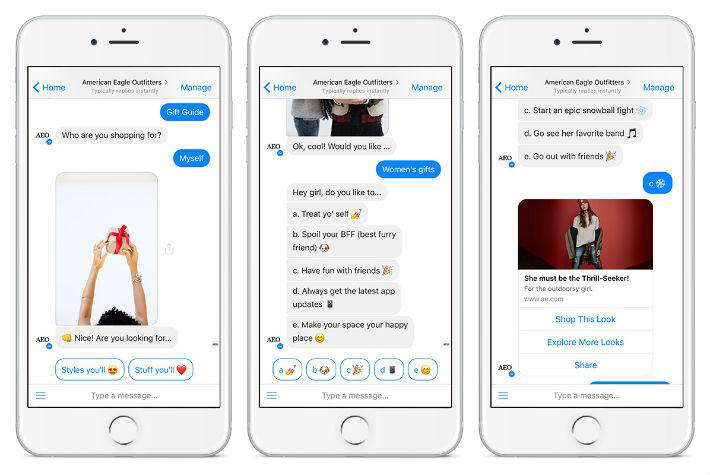

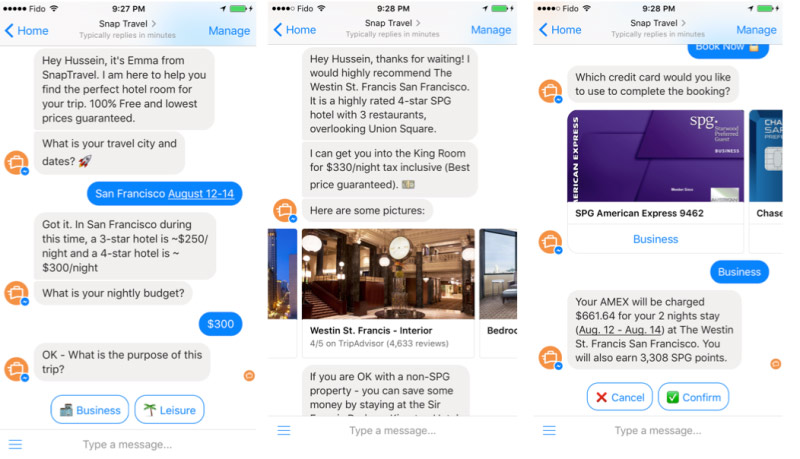

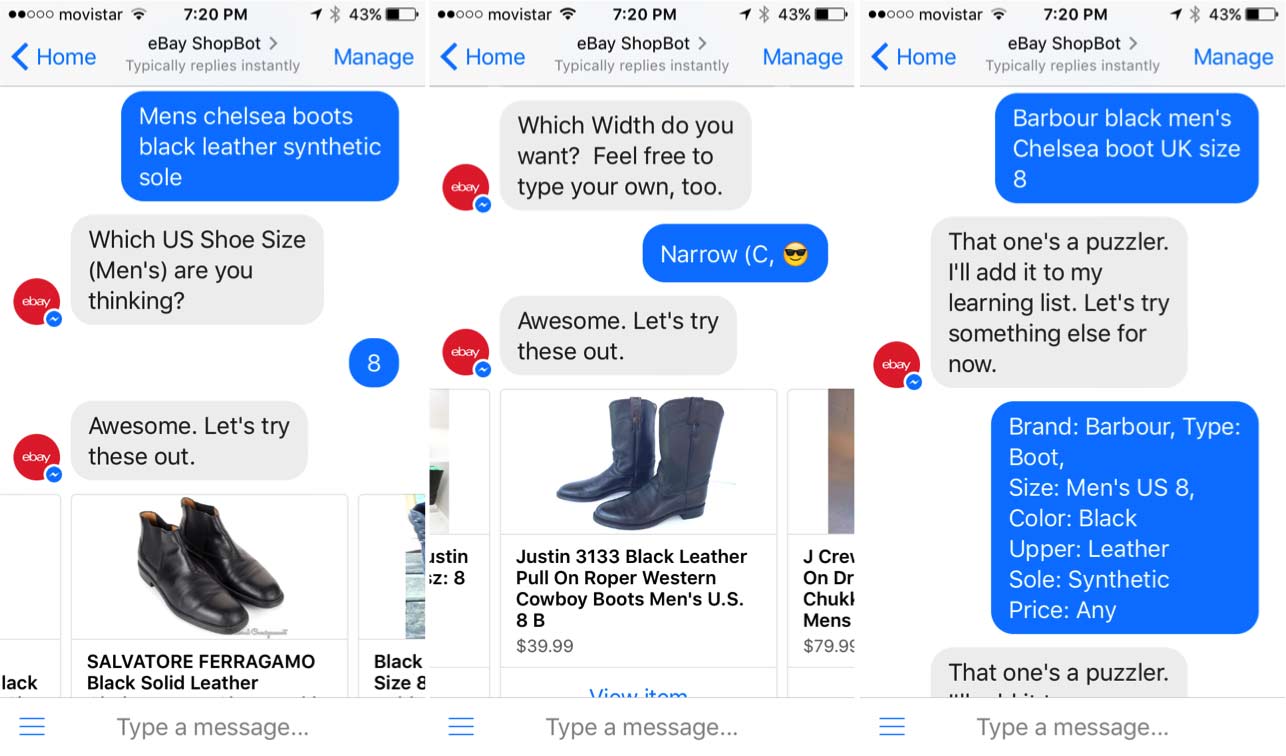
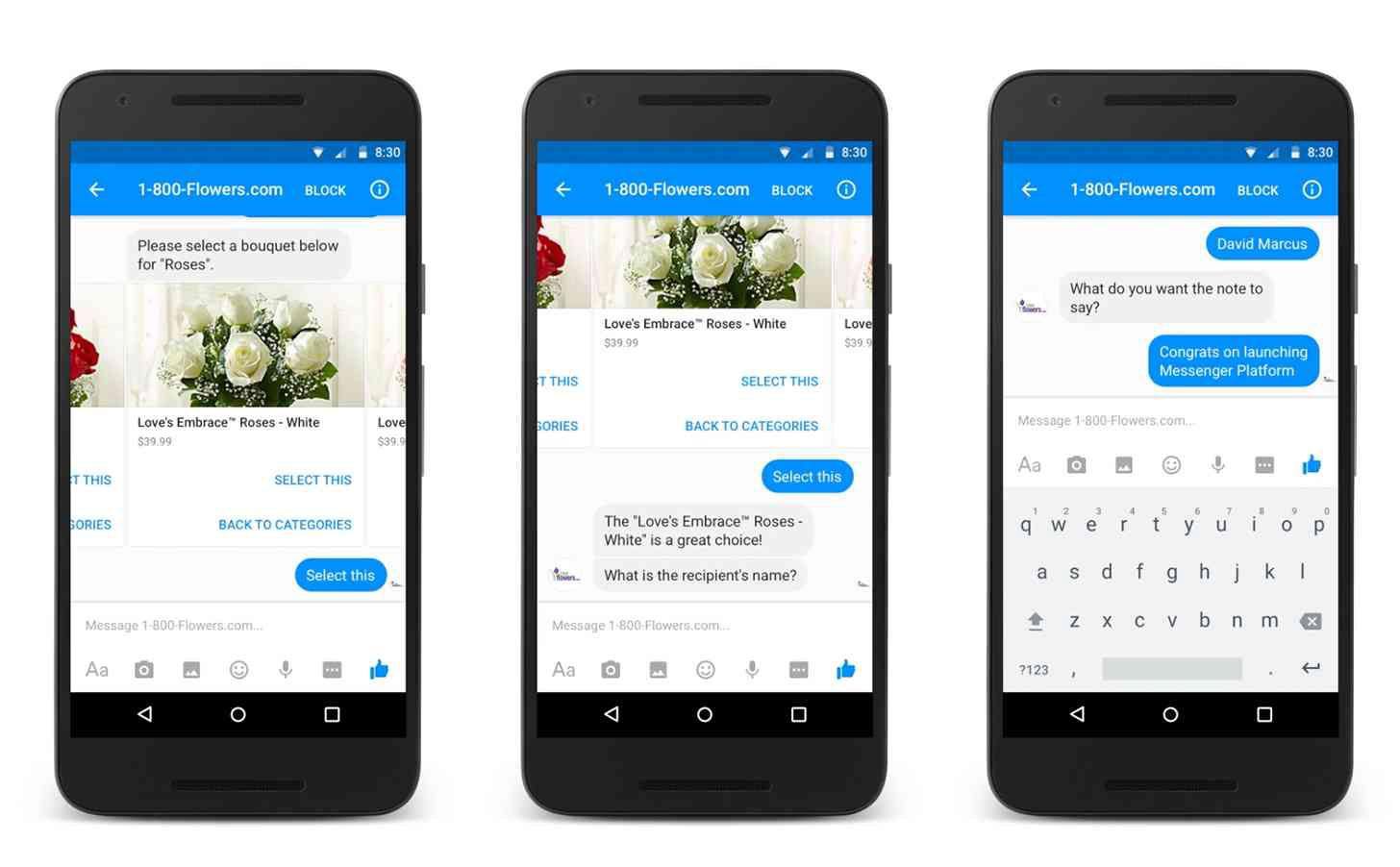
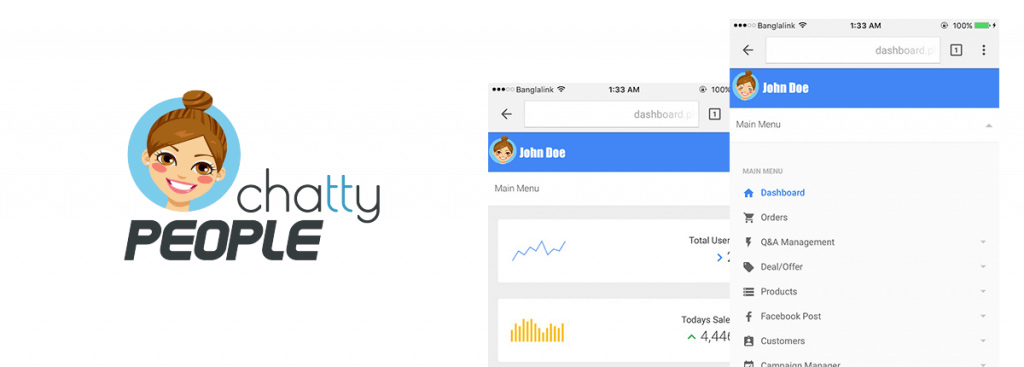
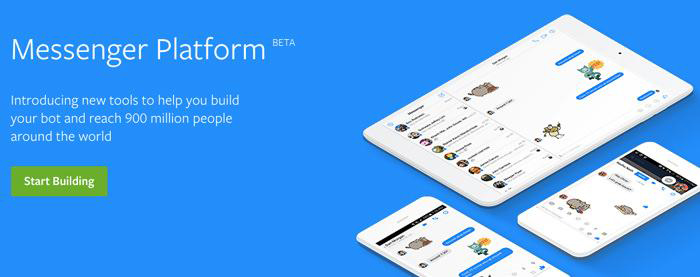
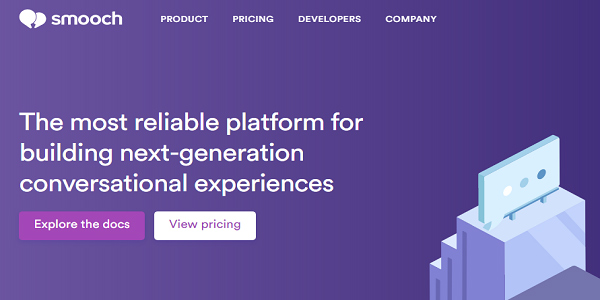
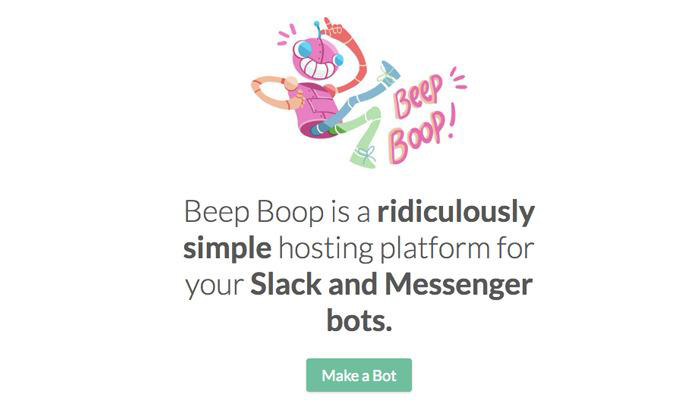

Hey!
It looks like you're browsing in . Would you like to switch over to the website?